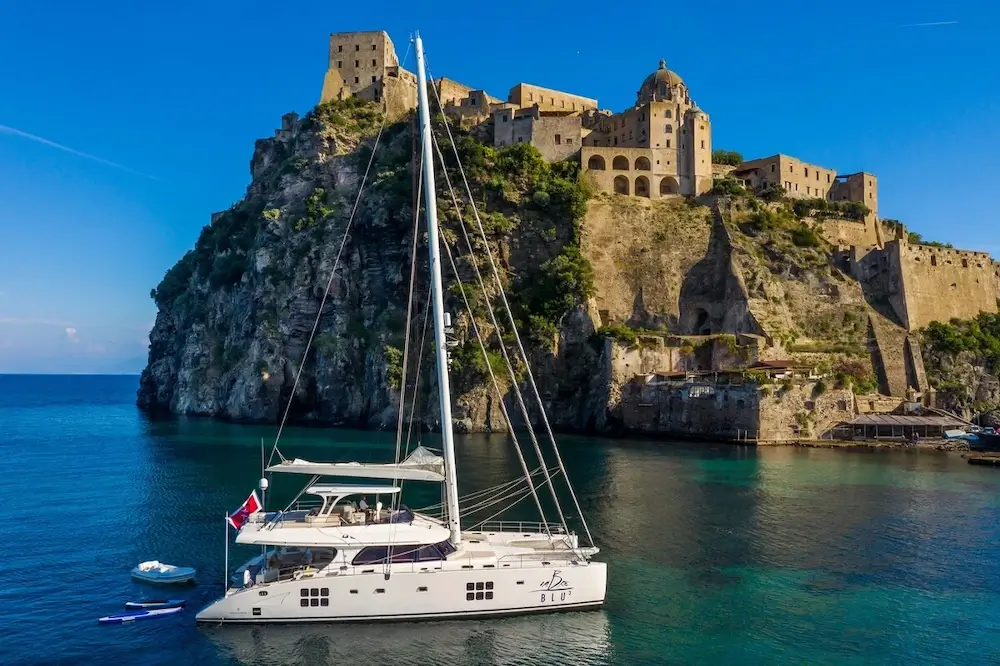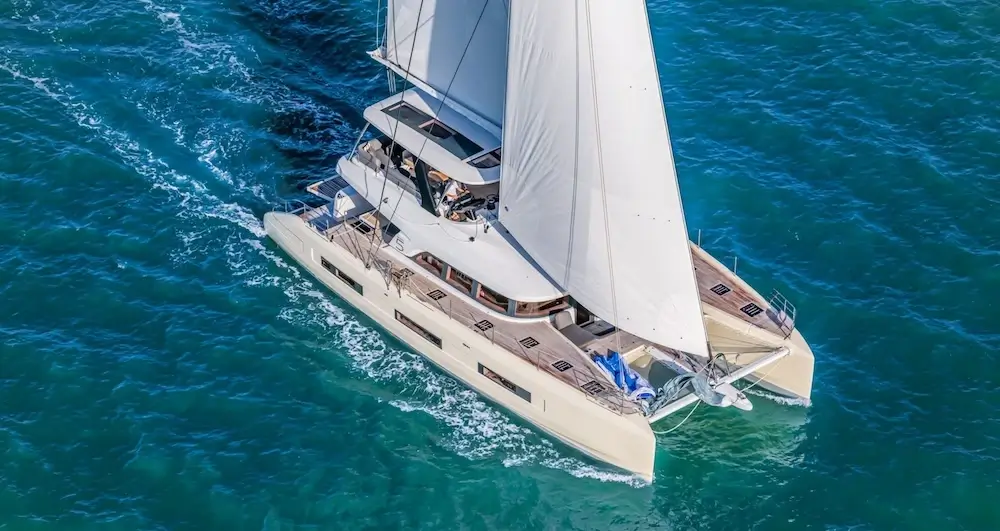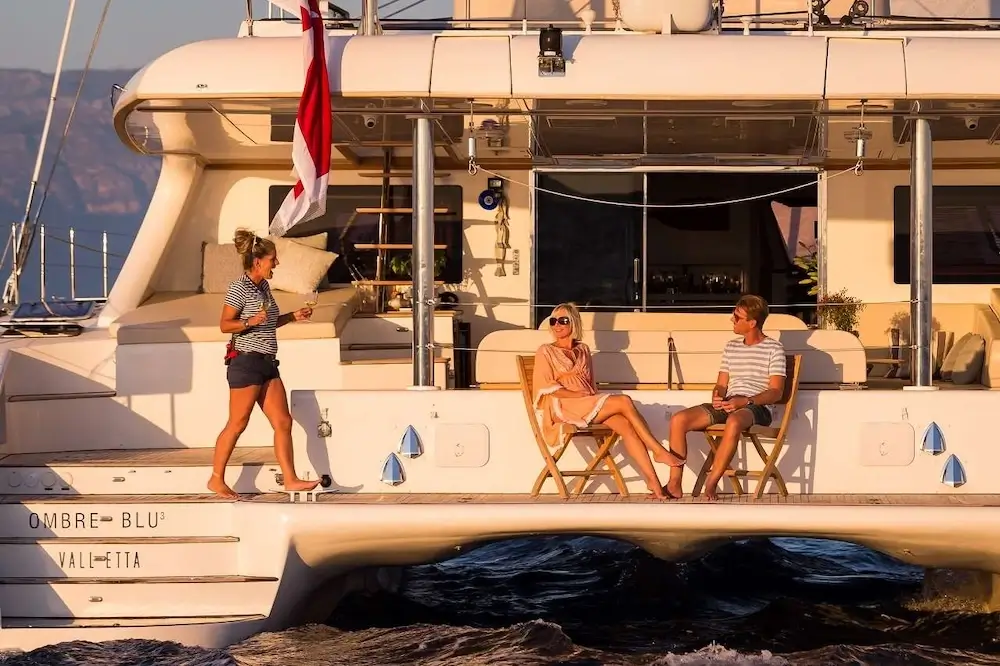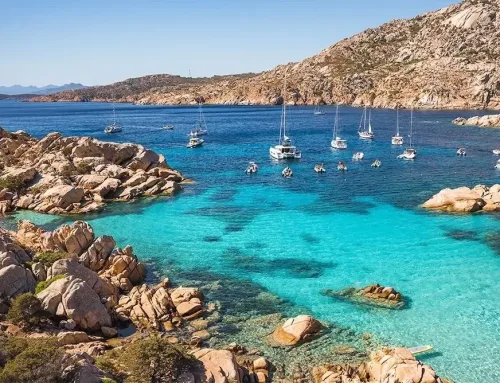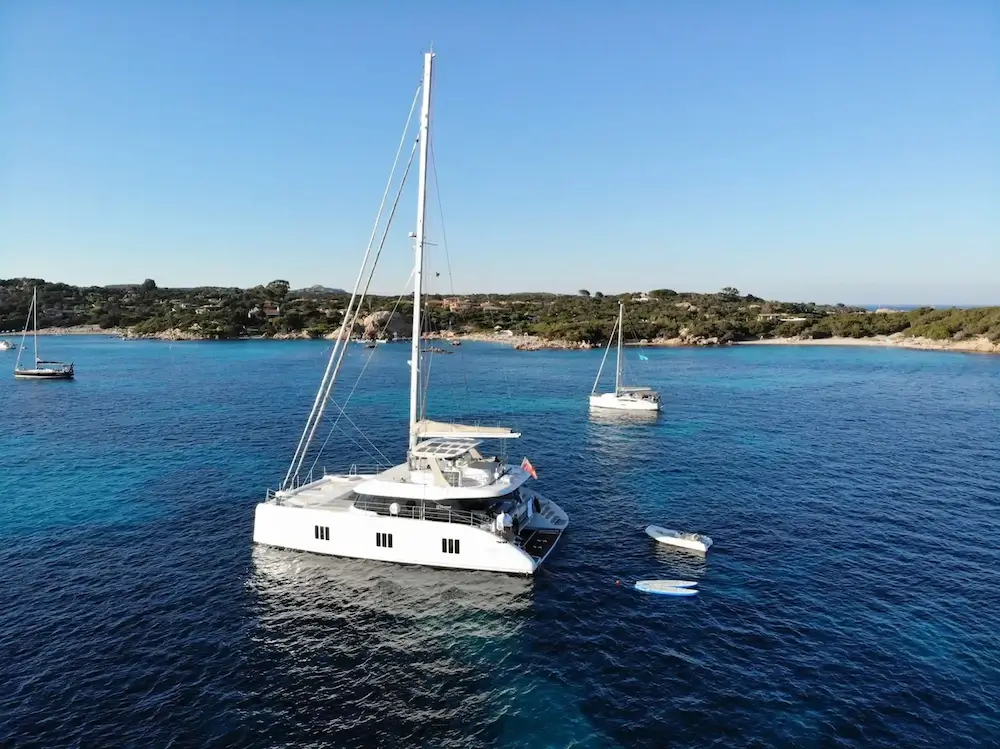
How Do I Plan a Sailing Route in Italy?
Italy provides a unique combination of stunning scenery, intriguing historical sites, and energetic seaside towns for sailing. It can be thrilling and intimidating to plan a sailing route in this lovely Mediterranean region. Carefully planning your route is key to ensuring a good sailing vacation. You can make the procedure easier with the aid of this thorough guide, guaranteeing a memorable sailing trip in Italy.
Getting Ready for Your Italian Boat Trip
Recognising Your Choices for Sailing
It’s crucial to think about the kind of sailing experience you want to have before you start arranging your itinerary. There are many different sailing choices available in Italy, ranging from leisurely coast excursions to exciting island hopping. Take into account the following elements:
- Desired destinations: Are you looking for undiscovered treasures or to explore well-known tourist attractions?
- Sailing duration: How long are you going to sail? For one week, one month, or more?
- Crew size and experience: Who else is sailing with you, and how experienced are they sailors?
Selecting the Proper Time to Set Sail
April through October is typically the sailing season in Italy, with July and August being the busiest months. When selecting your sailing dates, take into account the following:
- Weather conditions: Warm summers and mild winters are guaranteed by the Mediterranean environment, however it’s important to investigate local weather patterns.
- Crowds and prices: Peak season is associated with larger crowds and more expensive costs. Consider sailing in the shoulder months of May, June, September, or October if you’d rather have a more sedate trip.

Sailing Route In Italy 2
Examining the Sailing Regions of Italy
Italy is home to various well-known sailing areas, each with its own specialties and attractions. Among the most well-liked sailing locations are:
- The Amalfi Coast: The Amalfi Coast is well-known for its breathtaking cliffs, charming villages, and glistening waves.
- Sardinia: Known for its opulent resorts, stunning beaches, and exciting nightlife.
- Sicily:Packed with historical sites, quaint towns, and erupting volcanoes.
- The Tuscan Archipelago:The Tuscan Archipelago has a variety of charming fishing communities, immaculate beaches, and environmental reserves.
Choosing Your Yacht
The kind of boat you select will have a big influence on how you sail. Think about the following choices:
- Sailing yachts: Perfect for people who want the peace and quiet of sailing a conventional vessel propelled by the wind.
- Catamarans: Catamarans are a popular option for families and parties since they provide greater stability, room, and comfort.
- Motor yachts: Offer luxury and speed, making them ideal for anyone who need to move rapidly over larger distances.
Check outItaly yacht rentals for a variety of yacht alternatives.
Setting a Budget for Your Boat Trip
Comprehending the expenses associated with sailing in Italy is essential for efficient planning. Here are a few important costs to think about:
- Yacht charter fees: The price to hire a boat varies according to its kind, size, and season.
- Fuel and mooring fees: Fuel is necessary for motor yachts, and mooring fees at marinas and ports may apply to all boats.
- Provisioning: Provisioning is the process of putting food, beverages, and other supplies on your yacht.
- Travel insurance: Travel insurance is necessary to cover any emergency or unanticipated circumstances.
See How much does it cost to sail in Italy? for a comprehensive pricing breakdown.
Organising Your Schedule
A well-planned schedule is essential to a successful sailing expedition. The following actions will help you:
- Identify key destinations: List the destinations you want to visit and do some research on them.
- Estimate travel time: To guarantee a feasible itinerary, estimate the sailing time between each stop.
- Include rest days: Schedule time to unwind and see the area on days when sailing is not an option.
Summary
It’s important to carefully evaluate your tastes, time, sailing regions, choice of vessel, financial planning, and itinerary preparation while planning a sailing trip in Italy. You’ll be ready to go off on a memorable sailing excursion if you comprehend these fundamentals.
Important lessons learned
- Assess your sailing inclinations and level of crew experience.
- Consider the weather and the number of people when deciding when to sail.
- Choose and investigate the Italian sailing region of your choice.
- Select the ideal yacht for your requirements.
- Set aside money for every expense, such as fuel, mooring, provisioning, insurance, and yacht hire.
- Create a thorough schedule that strikes a balance between sailing and leisure.
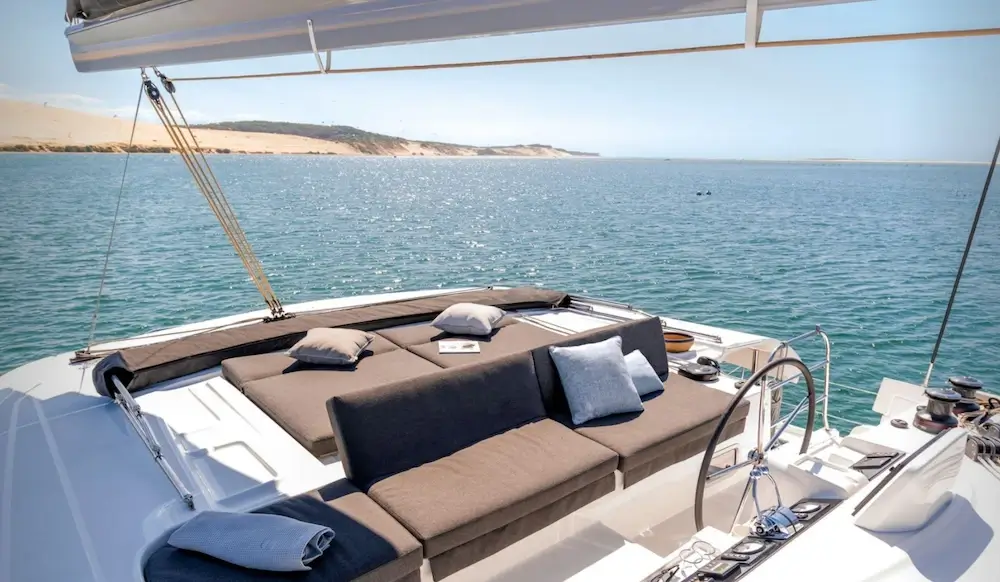
Sailing Route In Italy 3
Examining Well-Known Italian Sailing Routes and Destinations
We’ll look at some of the most well-liked sailing routes and locations in Italy in this section. These routes, which combine stunning scenery, interesting historical monuments, and energetic seaside towns, are made to maximise your sailing experience.
The Coast of Amalfi and Capri
Day 1: Naples departure
Start your adventure in Naples, a historically and culturally significant city. Admire the breathtaking vistas of the Bay of Naples and Mount Vesuvius as you set sail. Naples, which has a range of boat and provisioning options, is an excellent starting place for Italy yacht charters.
Day 2: The Sorrento
Sail to Sorrento, a quaint town renowned for its quaint streets, mouthwatering food, and stunning scenery. Enjoy the lively atmosphere and spend the day exploring the local markets.
Day 3: Positano
Proceed to Positano, which is among the most famous cities along the Amalfi Coast. Positano, well-known for its vibrant homes and sheer cliffs, has great restaurants and boutique shopping.
Day 4: Amalfi and Ravello
Set sail for Amalfi, a mediaeval town characterised by gorgeous piazzas and a magnificent cathedral. Make a quick excursion to Ravello, which is renowned for its gardens and sweeping views, from Amalfi.
Day 5: Capri
A must-see location along this route is Capri. The island is well-known for its luxurious hotels, shopping, and untamed scenery. Don’t miss the Blue Grotto, a breathtaking underwater tunnel with azure light.
Day 6: Ischia
Go to Ischia, an island renowned for its verdant landscapes and warm springs. Discover the quaint settlements on the island and unwind in the natural hot springs.
Day 7: Return to Naples
Sail back to Naples to finish your voyage, and spend one last day exploring and indulging.
The Islands of Aeolian
Day 1: Milazzo departure
Begin your voyage in Sicily’s thriving port town of Milazzo. With a number of choices for yacht rentals in Italy, Milazzo is an ideal starting point for exploring the Aeolian Islands.
Day 2: Lipari
Set sail for the largest Aeolian island, Lipari. Admire the stunning beaches, stroll around the island’s ancient centre, and stop by the Archaeological Museum.
Day 3: Salina
Salina is renowned for its mouthwatering Malvasia wine and verdant surroundings. Hike, taste wine and take in the island’s natural splendour during the day.
Day 4: Panarea
Panarea is a trendy little island that attracts affluent individuals. Discover the quaint neighbourhoods, eat at fine dining establishments, and take advantage of the exciting nightlife.
Day 5: Stromboli
One of the world’s most active volcanoes is located near Stromboli. See the amazing eruptions and take in the distinctive scenery of the island by going on a guided walk.
Day 6: Filicudi
Set sail towards the peaceful island of Filicudi, which boasts beautiful rock formations and pristine waters. It’s the perfect place to dive and snorkel.
Day 7: Return to Milazzo
Return to Milazzo while taking it easy on the sail and thinking back on your amazing voyage across the Aeolian Islands.
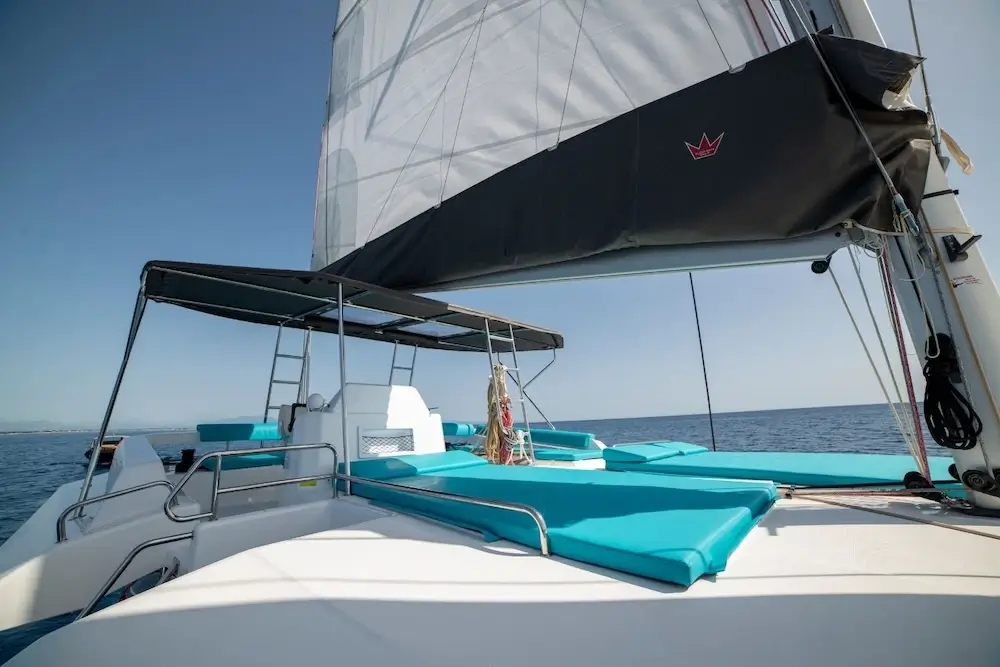
Sailing Route In Italy 10
The Archipelago of Tuscany
Day 1: Departure from Elba
A fantastic place to begin your exploration of the Tuscan Archipelago is Elba. Elba, well-known for its stunning beaches and historical buildings, provides the ideal balance of action and leisure.
Day 2: Pianosa
Set sail for Pianosa, an island renowned for its immaculate beaches and crystal-clear waters. Since the island is a part of a protected marine region, diving and snorkelling are highly recommended.
Day 3: Capraia
The volcanic island of Capraia features untamed scenery and pristine waters. Take a walk on the island’s paths and savour the seafood produced there.
Day 4: Giglio
Giglio is well-known for its magnificent beaches and mediaeval fortress. Explore the island’s historical sights and unwind on its stunning beaches during the day.
Day 5: Giannutri
Giannutri is a small island renowned for its stunning shoreline and Roman remains. It’s the perfect place to go trekking and learn about the past.
Day 6: Montecristo
With restricted access, the protected island of Montecristo is well-known for its untamed landscape and abundant wildlife. Make sure you have the required permits in advance of your visit.
Day 7: Return to Elba
Sail back to Elba to wrap up your adventure and take in the friendly locals and breathtaking views.
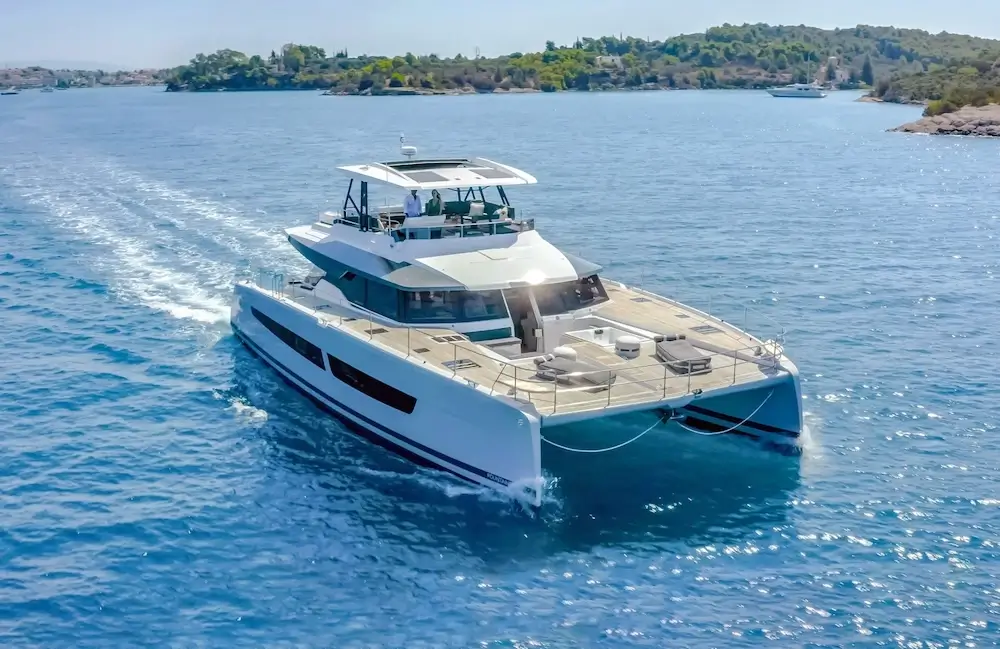
Sailing Route In Italy 4
The Emerald Coast, Sardinia
Day 1: Departure from Olbia
Olbia is a well-liked launchpad for sailing the Emerald Coast of Sardinia. The town is a great place to start your vacation because it provides a range of possibilities for yacht rentals Italy.
Day 2: Porto Cervo
The Emerald Coast’s hub, Porto Cervo, is renowned for its opulent resorts, upscale shops, and exciting nightlife. Savour a day of elegant dining and shopping.
Day 3: La Maddalena Archipelago
Sail to the beautiful beaches and crystal-clear waters of the La Maddalena Archipelago. Discover the natural splendour of the islands and partake in aquatic sports like diving and snorkelling.
Day 4: Bonifacio (Corsica)
To visit Bonifacio in Corsica, cross the Strait of Bonifacio. The town is well-known for its stunning marina, historic sites, and sheer-faced cliffs.
Day 5: Santa Teresa Gallura
Sail back to Santa Teresa Gallura, a quaint town with a stunning beach and ancient towers, when you return to Sardinia. Enjoy the local cuisine and spend the day touring the town.
Day 6: Cala Gonone
Cala Gonone is well-known for its breathtaking caves and beach. Enjoy the immaculate beaches and discover the Grotta del Bue Marino on a boat cruise.
Day 7: Return to Olbia
Finish your voyage by returning to Olbia while thinking back on your experiences travelling the Emerald Coast of Sardinia.
Summary
From the opulent Emerald Coast to the serene Aeolian Islands and the ancient Amalfi Coast, sailing around Italy by yacht provides a wide variety of experiences and locations. Every route offers a special fusion of breathtaking scenery, rich cultural history, and life-changing experiences.
Important lessons learned
- Famous locations with breathtaking scenery and energetic cities may be found in Capri and the Amalfi Coast.
- The volcanic landscapes, historical landmarks, and stunning beaches are all present on the Aeolian Islands.
- For those who want to explore history and unspoiled nature, the Tuscan Archipelago is ideal.
- The Emerald Coast of Sardinia is a great place for both nature enthusiasts and those seeking luxury.
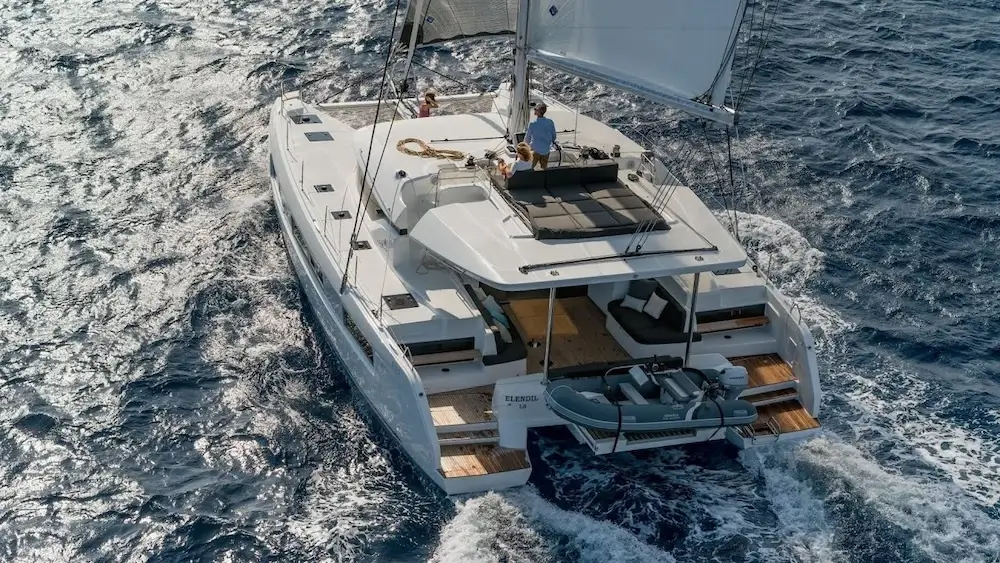
Sailing Route In Italy 5

